Complete Guide to Abraham Lincoln Birthplace National Historical Park in Kentucky, including things to do, history, hours, directions, and so much more.
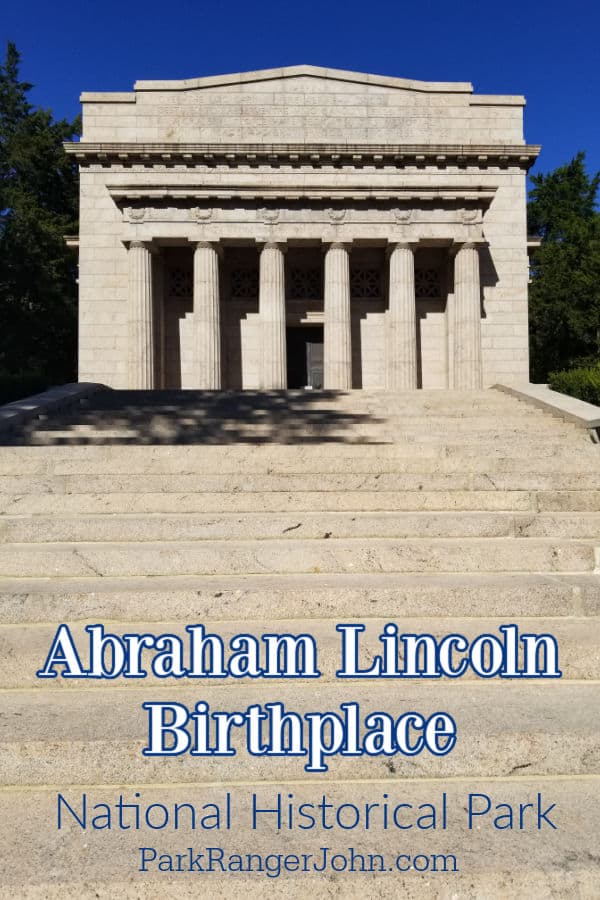
Abraham Lincoln Birthplace National Historical Park
The Abraham Lincoln Birthplace National Historical Park in Kentucky consists of two units encompassing both farm sites where President Abraham Lincoln grew up before moving to Indiana and the Lincoln Boyhood National Memorial site.
About Abraham Lincoln's Birthplace NHP
Abraham Lincoln was born in 1809 on a farm his parents had bought a few months earlier in rural Central Kentucky.
The family lived at this farm for Abraham Lincoln's first two years of life before moving to a different farm, where they lived for five years before moving to Indiana.
The Abraham Lincoln Birthplace National Historical Park encompasses both of these farm sites.
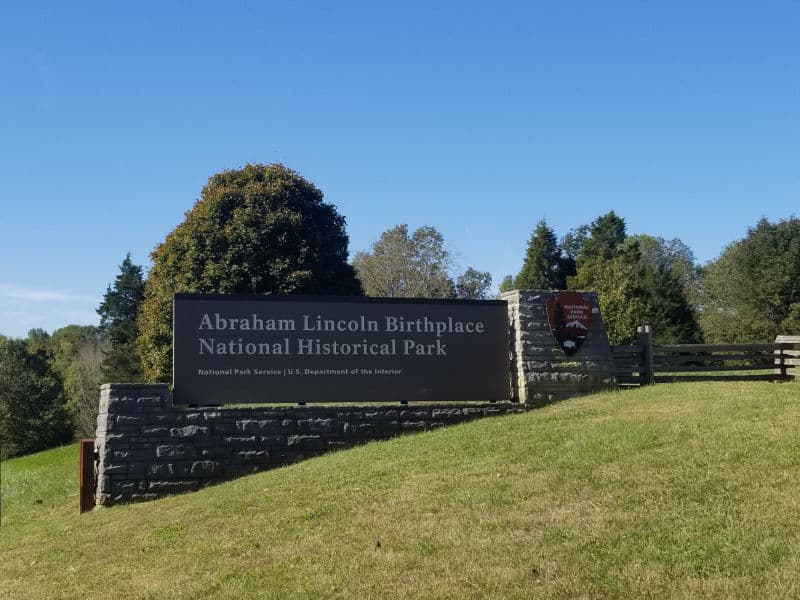
Is Abraham Lincoln Birthplace NHP worth visiting?
Yes, Abraham Lincoln Birthplace NHP is definitely worth visiting! A visit to this historical site gives visitors a unique and personal glimpse into the life of one of America's most beloved presidents.
The park includes several attractions that bring to life the early days of Abraham Lincoln's life.
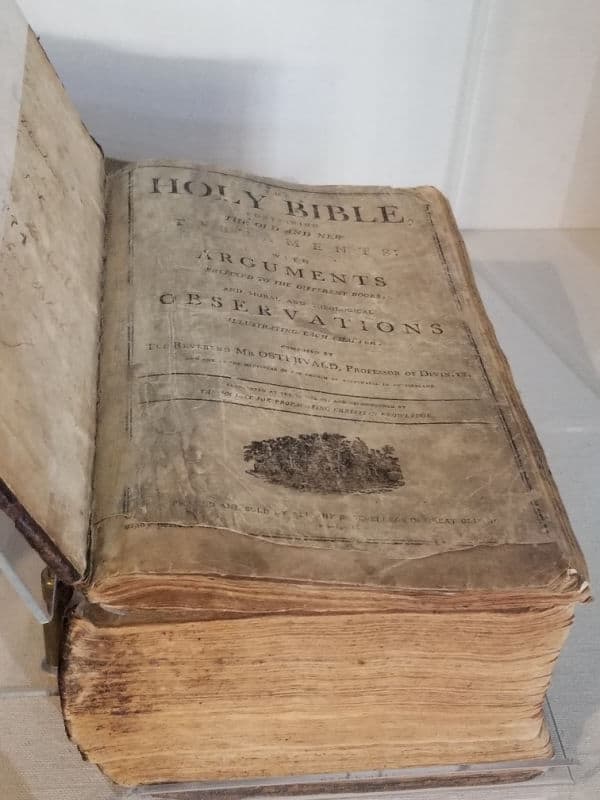
History of Abraham Lincoln Birthplace NHP
Abraham Lincoln's Birthplace National Historical Park preserves the birthplace of America's 16th president. Abraham Lincoln led America through the American Civil War (1861 - 1865), and ended slavery.
Abraham Lincoln's Birthplace National Historical Park highlights the formative years of one of history's most influential politicians.
Abraham Lincoln's Birth Place NHP protects the farm where Abraham Lincoln lived for the first two years of his life.
Abraham Lincoln was born in a single-story log cabin at Sinking Spring Farm on the Kentucky Frontier.
The log cabin of Abraham Lincoln did not survive through the ages. The site has a replica of the cabin housed within a memorial building.
Abraham Lincoln was a lawyer turned politician who won the presidential election in 1860. Abraham Lincoln was a staunch abolitionist who wished to abolish slavery upon his election. For the South, Lincoln’s election was the final straw. The Civil War broke out on April 12th, 1861.
The Early Life of Abraham Lincoln
On February 12th, 1809, Thomas and Nancy Lincoln welcomed their second child into the world. The baby, a little boy, was named Abraham. The Lincolns were not wealthy, and so Abraham Lincoln spent his early years living in poverty on the Frontier.
When the future president was two years old, his family moved from their log cabin on Sinking Spring Farm to Knob Creek Farm. The family lived on the farm for five years. Lincoln's father, Thomas Lincoln, leased or owned several farms in the Kentucky area throughout his life.
Thomas moved his family to Knob Creek farm in the hopes that he could afford to move back to Sinking Spring farm.
During the five years, the Lincolns leased Knob Creek farm Lincoln almost died when he got into difficulty swimming in a nearby creek. Nancy Lincoln, Lincoln's mother, gave birth to another child while living on the farm, who sadly did not survive.
The Lincoln family moved from the area in 1816 when Abraham Lincoln was almost eight years old. Abraham Lincoln was predominately self-educated. He was taught sporadically by traveling school teachers while in Kentucky. Lincoln learned to read despite access to proper education.
Life After Kentucky
The Lincoln family left Kentucky in 1816 and moved to a homestead in Indiana. Indiana was a non-slave-owning state, which Lincoln said partly influenced the family move.
Despite growing up on farms, Lincoln was not fond of farm work. He preferred to read and write. While in Indiana, Lincoln attended school when he could. Life on the farm was extremely demanding and time-consuming, leaving little time for education.
The Lincoln family had not lived in Indiana long when Abraham Lincoln lost his mother, Nancy. Nancy died in 1818 of suspected milk sickness.
Ten years later, Lincoln lost his sister Sarah in 1828 during childbirth. Lincoln continued to live with his father until 1830.
The Lincoln family left Indiana in 1831, fearing another outbreak of milk sickness. At this time Lincoln decided to leave his father’s home. Lincoln moved to New Salem, Illinois.
Throughout his life, Lincoln was an avid reader. He decided to study law, by himself. Lincoln's dedication to bettering himself through education led him to become a successful lawyer.
Lincoln in Later Life
Lincoln entered politics in 1836. Abraham Lincoln climbed the political ladder. Lincoln stepped away from politics when Zachary Taylor was elected as the 12th president of the United States. Instead, Lincoln returned to practicing law.
As a lawyer, Lincoln brought 175 cases in front of the Supreme Court in Illinois. During his break from politics, Lincoln earned the nickname ‘Honest Abe.’
Lincoln returned to politics when the issues surrounding slavery in America began to reach a boiling point. America was expanding, and the question arose of whether or not slavery should be allowed in these new territories.
The Kansas-Nebraska Act was passed by congress in 1854 to address the issue.
The Act brought Lincoln back into the world of politics. Lincoln openly shared his thoughts on slavery and his support for the abolitionist movement. He joined the newly formed Republican party in 1856.
Although Lincoln had begun his life living in poverty on the Kentucky Frontier, he worked hard to become America’s 16th president.
When Lincoln was elected president, America erupted into a bloody Civil War that lasted for four years. The southern states felt Abraham Lincoln and his abolitionist Republican Party threatened the Southern economy and way of life.
Lincoln fought successfully to end slavery in America, and preserved the Union of the United States of America in the process.
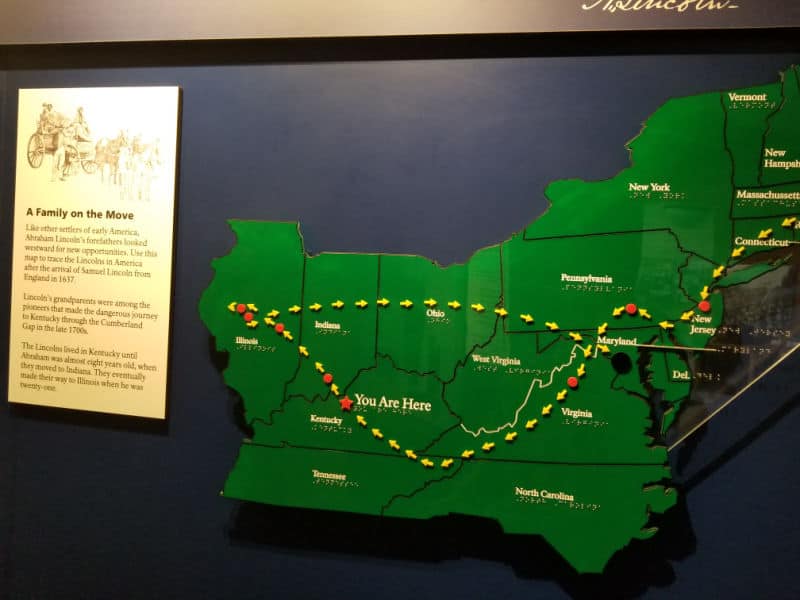
Things to know before your visit to Abraham Lincoln Birthplace NHP
Entrance fee
$0.00 - There is no entrance fee to visit the park.
Learn more about National Park Passes for parks that have an entrance fee.
$80.00 - For the America the Beautiful/National Park Pass. The pass covers entrance fees to all US National Park Sites and over 2,000 Federal Recreation Fee Sites for an entire year and covers everyone in the car for per-vehicle sites and up to 4 adults for per-person sites.

Buy your pass at this link, and REI will donate 10% of pass proceeds to the National Forest Foundation, National Park Foundation, and the U.S. Endowment for Forestry & Communities.
National Park Free Entrance Days -Mark your calendars with the five free entrance days the National Park Service offers annually.
Time Zone
The site is located in the Eastern Time Zone
Pets
Pets are not permitted in park buildings. Service dogs accompanying visitors with disabilities are allowed in park buildings.
Pets are allowed on trails but must be on a leash not over six feet in length.
Cell Service
Depending on the cellular provider and network availability, cellular reception will vary in the park.
Park Hours
The park is open from Monday to Sunday at 9 AM to 5 PM. The Memorial Building closes at 4:30 PM.
Wi-Fi
Public Wi-Fi is available. Visitors may access the park's Wi-Fi at the Visitor Center and Memorial Building.
Insect Repellent
Mosquitoes, ticks, and poison ivy are common from mid-spring through mid-fall.
Insect repellent is always a great idea when outdoors, especially if you are around any body of water.
We use Permethrin Spray on our clothes before our park trips.
Water Bottle
Make sure to bring your own water bottle and plenty of water with you. Plastic water bottles are not sold in the park.
Parking
There is a large parking lot in front of the Memorial Building, right outside the visitor center.
Food/Restaurants
There are no restaurants within the park.
Gas
There are no gas stations within the park.
Drones
Drones are not permitted within National Park Sites.
National Park Passport Stamps
National Park Passport stamps can be found in the visitor center.
Abraham Lincoln Birthplace NHP is part of the 2009 Passport Stamp Set and 2016 Passport Stamp Set.
We like to use these circle stickers for park stamps so we don't have to bring our passport book with us on every trip.
The National Park Passport Book program is a great way to document all of the parks you have visitied.
You can get Passport Stickers and Annual Stamp Sets to help enhance your Passport Book.
Electric Vehicle Charging
There are currently 25 electric vehicle (EV) charging stations within a 50-mile radius of the center of Hodgenville, KY. The nearest from the park is located in Lincoln Lodge, half a mile from the park main entrance.
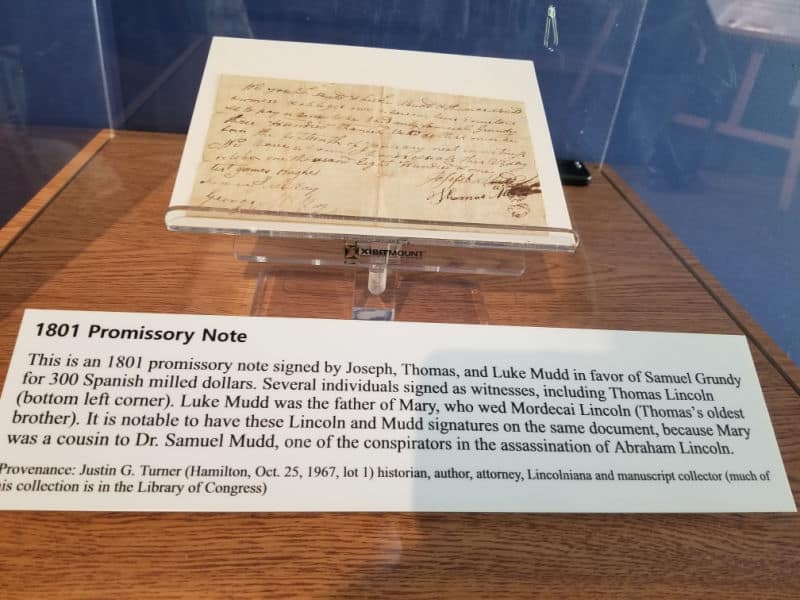
Details about Abraham Lincoln Birthplace NHP
Size - 116 acres
Check out how the park compares to other National Parks by Size.
Date Established
Established as Abraham Lincoln National Park on July 17, 1916; transferred from War Dept. Aug. 10, 1933; re-designated Aug. 11, 1939; renamed and re-designated Sept. 8, 1959; re-designated a national historical park March 30, 2009.
Visitation
In 2021, Abraham Lincoln Birthplace NHP had 251,188 park visitors.
In 2020, Abraham Lincoln Birthplace NHP had 228,141 park visitors.
In 2019, Abraham Lincoln Birthplace NHP had 238,226 park visitors.
Learn more about the most visited and least visited National Parks in the US
National Park Address
2995 Lincoln Farm Road
Hodgenville, KY 42748
The Birthplace Unit is located approximately 3 miles south of Hodgenville, Kentucky on U.S. 31E and KY 61.
The Boyhood Home Unit at Knob Creek is located 8 miles north of Hodgenville along U.S. 31E.
Phone – (270) 358-3137
National Park Map
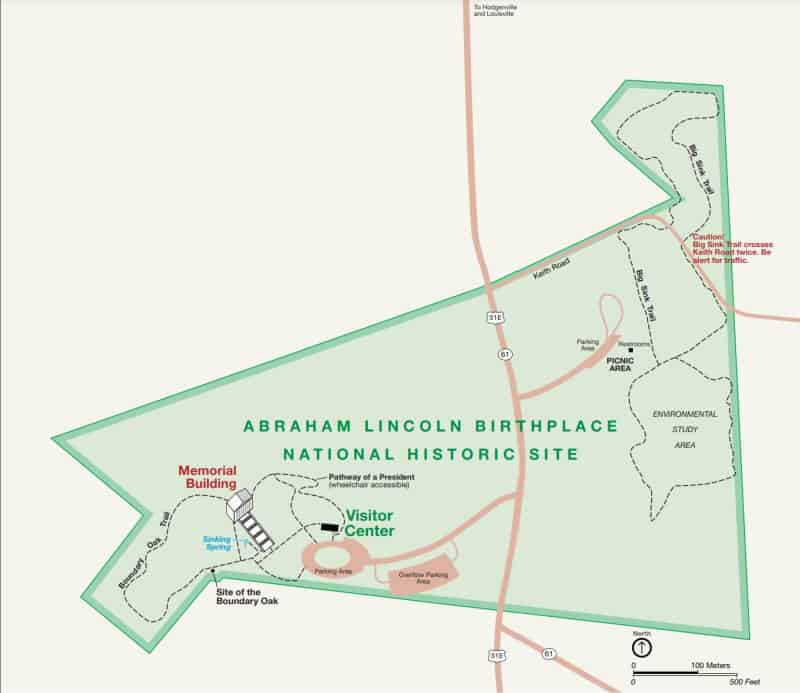
Where is Abraham Lincoln Birthplace NHP?
The Birthplace Unit of the park is located approximately 2 miles south of the town of Hodgenville on U.S. Highway 31E South.
The Boyhood Home Unit at Knob Creek is located approximately 10 miles northeast of the Birthplace Unit of the park.
Estimated distance from major cities nearby
- Louisville, KY - 60 miles
- Lexington-Fayette, KY - 90 miles
- Nashville, TN - 130 miles
- Cincinnati, OH - 160 miles
- Indianapolis, IN - 175 miles
- Paducah, KY - 184 miles (Check out top things to do in Paducah)
- Atlanta, GA - 375 miles
- St. Louis, MO - 299 miles
- Charlotte, NC - 420 miles
Estimated Distance from nearby National Parks
Mammoth Cave National Park - 40 miles
Great Smoky Mountains National Park - 230 miles
Gateway Arch National Park - 298 miles
New River Gorge National Park - 321 miles
Hot Springs National Park - 521 miles
Cuyahoga Valley National Park - 391 miles
Shenandoah National Park - 546 miles
Where is the National Park Visitor Center?
The Visitor Center can be found near the Memorial Building, just a few steps from the museum.
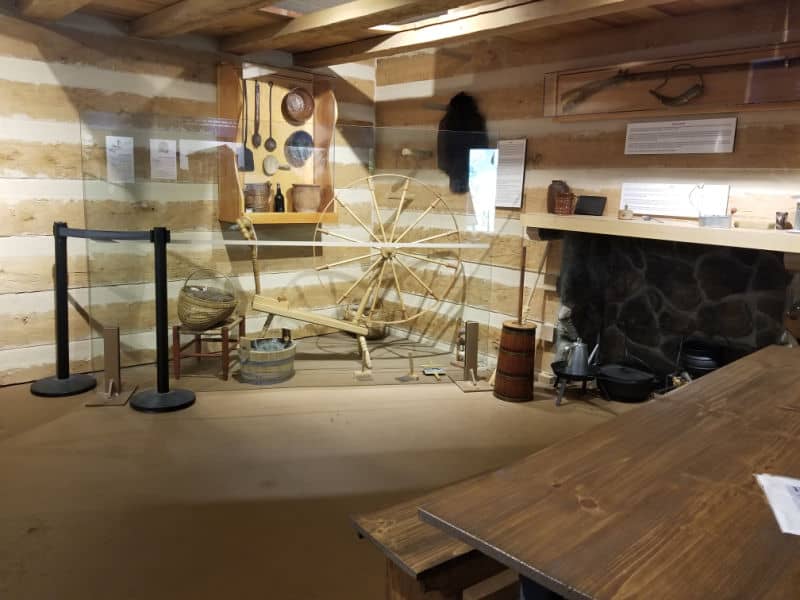
Getting to Abraham Lincoln Birthplace NHP
Closest Airports
- Louisville International Airport (55 miles)
International Airports
- Nashville International Airport (135 miles)
Regional Airports
- Addington Field - Elizabethtown Regional Airport (20 miles)
- Louisville Regional Airport Authority (55 miles)
Driving Directions
From the North: Take Interstate 65 South to Exit 91 (Elizabethtown). Follow KY 61 (Lincoln Parkway) 13 miles south to US 31E. Take US 31E south 1.3 miles to the park; picnic entrance on left and main entrance on right.
From the South: Take Interstate 65 North to Exit 81 (Sonora). Proceed east on KY 84 to KY 61. Turn right on KY 61, then turn right onto US 31E 1.3 miles to park; picnic entrance on left and main entrance on right.
From Boyhood Home Unit at Knob Creek: Turn right onto US 31E. Proceed southwest for approximately 10 miles; picnic entrance on left and main entrance on right.
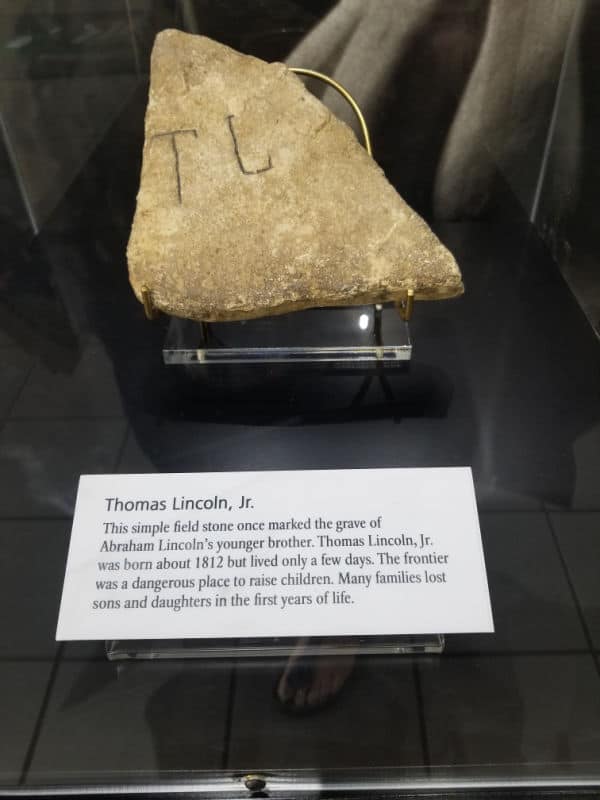
Best time to visit Abraham Lincoln Birthplace NHP
The best time to visit Abraham Lincoln Birthplace National Historical Park is during the spring and early summer months when the park is alive with blooming wildflowers and awe-inspiring views of the rolling hills of Kentucky. During this time, temperatures are moderate and ideal for outdoor exploration.
Weather and Seasons
The hot season begins from May 25 to September 21, with an average daily high temperature above 78 degrees.
The cold season begins from November 29 to February 28, with an average daily high temperature below 51 degrees.
The snowiest season begins from November 27 to March 19, with a snowfall of at least an inch a month. The most snow occurs in February, with an average of 3.8 inches.
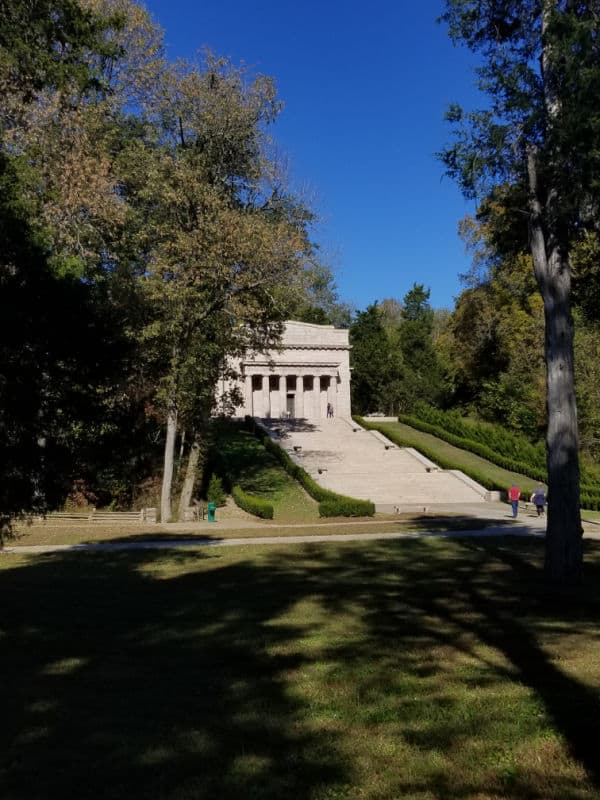
Best Things to do at Abraham Lincoln Birthplace NHP
We suggest planning at minimum a couple of hours to explore the park.
Visit the visitor center
The visitor center has a small museum with exhibits detailing the early years of Abraham Lincoln's Life.
One of the coolest exhibits is the Lincoln Family Bible from 1799. This is the Bible that Abraham Lincoln recorded his own birthday and important dates for his family.
Watch the park movie - Abraham Lincoln: The Kentucky Years
The park movie Abraham Lincoln: The Kentucky Years is a 15 minute captioned film that is played every 30 minutes on the hour and half hour
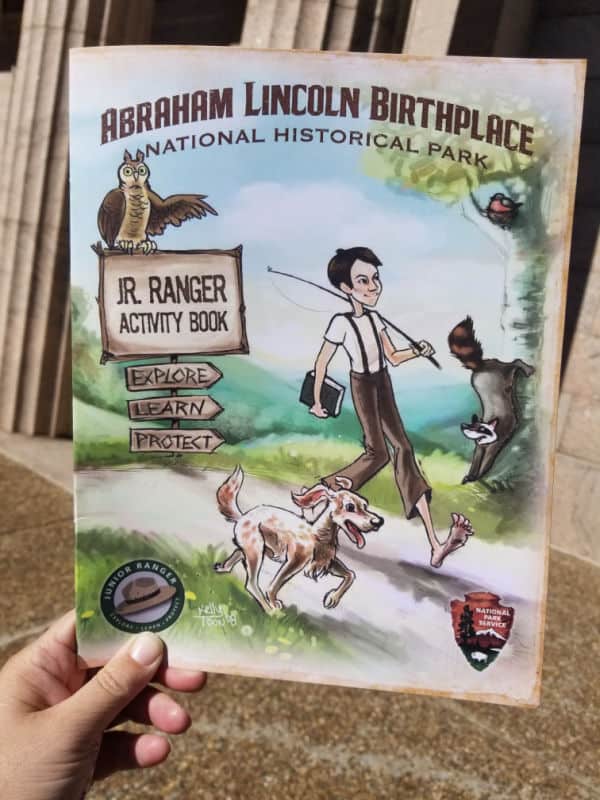
Junior Ranger Program
The Junior Ranger program is broken down by age groups. Depending on the age of the participant you need to complete specific pages in the booklet.
One cool thing about the Junior Ranger program is this park is one of only two that have a gold Junior Ranger pin!
Visit the Birthplace Unit
The Birthplace Unit includes 116 acres of the Lincoln family's Sinking Spring Farm. The early 19th century Kentucky log cabin is enshrined inside the neoclassical Memorial Building at the site of his birth.
The visitor center is located at the birthplace unit of the park.
There is an accessible path from the visitor center to the top of the memorial if you do not want to walk up the stairs.
Visit the Boyhood Home Unit at Knob Creek
The Lincoln family lived on 30 rented acres of the Knob Creek Farm from the time Abraham was two until he was seven years old when the family left for Indiana.
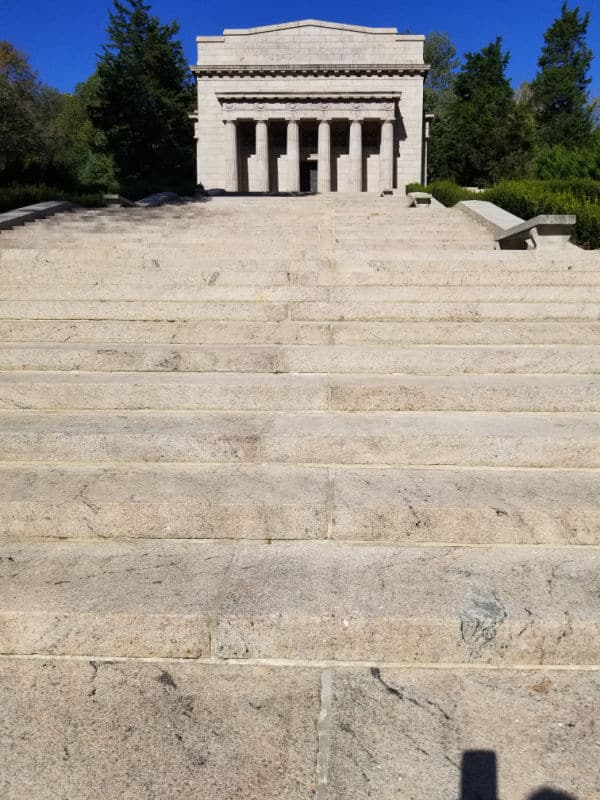
Hiking
Always carry the 10 essentials for outdoor survival when exploring.
Boundary Oak Trail is .3 miles located in the Visitor Center area
Big Sink Trail is one mile long and located in the picnic area on the east side of US 31E.
Overlook Trail at Knob Creek is 1.5 mile longs and considered strenuous.
How to beat the crowds in Abraham Lincoln Birthplace NHP?
We did not experience any crowds during our visit to the park. The only area that could feel crowded would be exploring the birthplace memorial and walking around the log cabin.
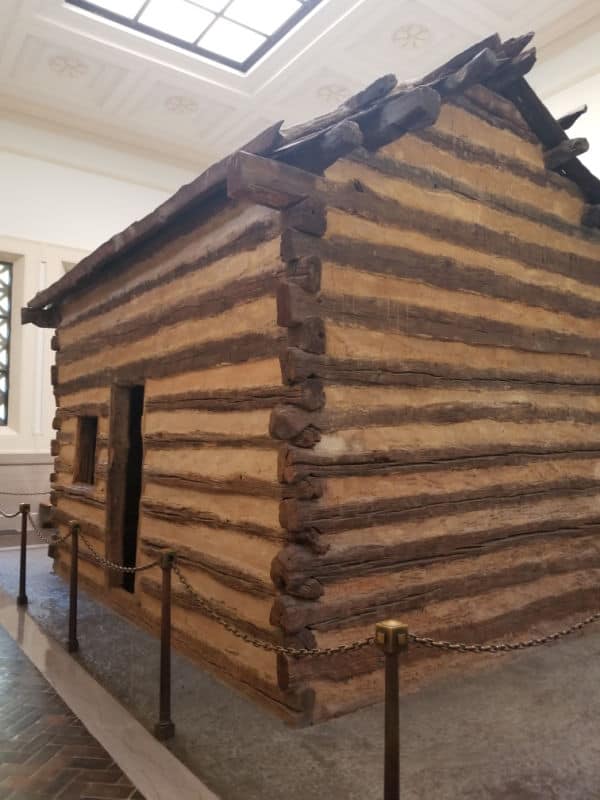
Where to stay when visiting
There are no National Park Lodges within the park.
The nearest lodging or camping is located in Elizabethtown, KY about 12 miles from the park or Bardstown, KY about 30 miles from the park.
Nearby Lodging includes:
Fairfield Inn & Suites by Marriott Elizabethtown - take advantage of free continental breakfast, dry cleaning/laundry services, and a fireplace in the lobby. Stay connected with free in-room Wi-Fi, and guests can find other amenities such as a gym and a business center.
SpringHill Suites by Marriott Elizabethtown - look forward to free full breakfast, a grocery/convenience store, and a firepit at SpringHill Suites by Marriott Elizabethtown. Stay connected with free in-room Wi-Fi, and guests can find other amenities such as dry cleaning/laundry services and a gym.
Holiday Inn Express and Suites -Elizabethtown North - take advantage of free full breakfast, a terrace, and dry cleaning/laundry services. Stay connected with free in-room Wi-Fi, and guests can find other amenities such as a 24-hour gym and a business center.
Hilton Garden Inn Elizabethtown, KY - look forward to a firepit, dry cleaning/laundry services, and an outdoor entertainment area at Hilton Garden Inn Elizabethtown, KY. Be sure to enjoy a meal at Garden Grille and Bar, the onsite restaurant. Stay connected with free in-room Wi-Fi, and guests can find other amenities such as a bar and a gym.
Click on the map below to see current lodging and vacation rentals near the park.
Camping
There are no National Park Campgrounds

For a fun adventure check out Escape Campervans. These campervans have built in beds, kitchen area with refrigerators, and more. You can have them fully set up with kitchen supplies, bedding, and other fun extras. They are painted with epic designs you can't miss!
Escape Campervans has offices in Vancouver, Seattle, Portland, San Francisco, Las Vegas, Los Angeles, Phoenix, Salt Lake City, Denver, New York, and Orlando
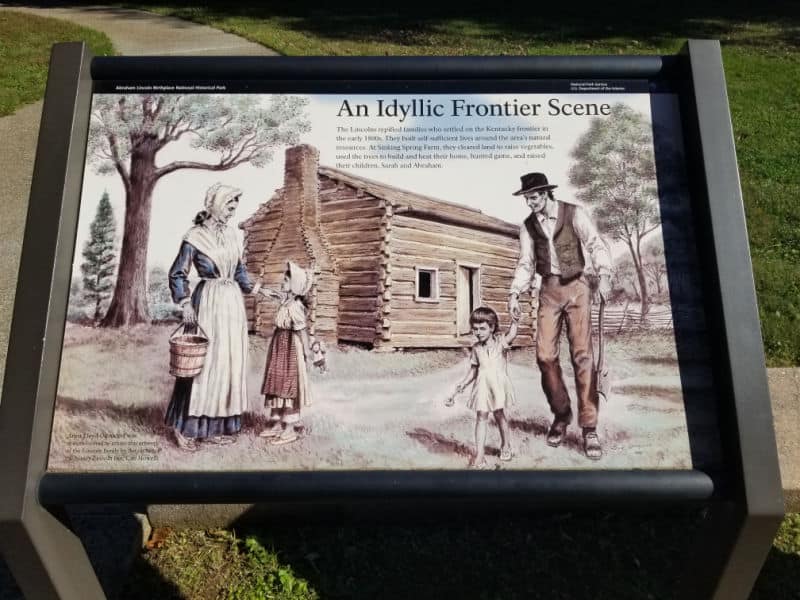
Parks Near Abraham Lincoln Birthplace NHP
Lincoln Boyhood National Memorial - 133 miles
William Howard Taft National Historic Site - 158 miles
Stones River National Battlefield - 161 miles
Fort Donelson National Battlefield - 167 miles
Cumberland Gap National Historical Park - 174 miles
George Rogers Clark National Historical Park - 180 miles
Big South Fork National River & Recreation Area - 190 miles
Check out all of the Kentucky National Parks along with neighboring West Virginia National Parks, National Parks in Virginia, National Parks in Tennessee, National Parks in Ohio, Missouri National Parks, Indiana National Parks, and Illinois National Parks
National Parks dedicated to Abraham Lincoln
Abraham Lincoln was the 16th president of the United States. These sites preserve not only places of his early life but also the work he did during the civil war.
Ford’s Theatre National Historic Site, Washington, DC
Lincoln Park, Capitol Hill Parks, National Capital Parks-East, Washington, DC
Lincoln Boyhood Home National Memorial, IN
Lincoln Home National Historic Site, IL
Mount Rushmore National Memorial, SD
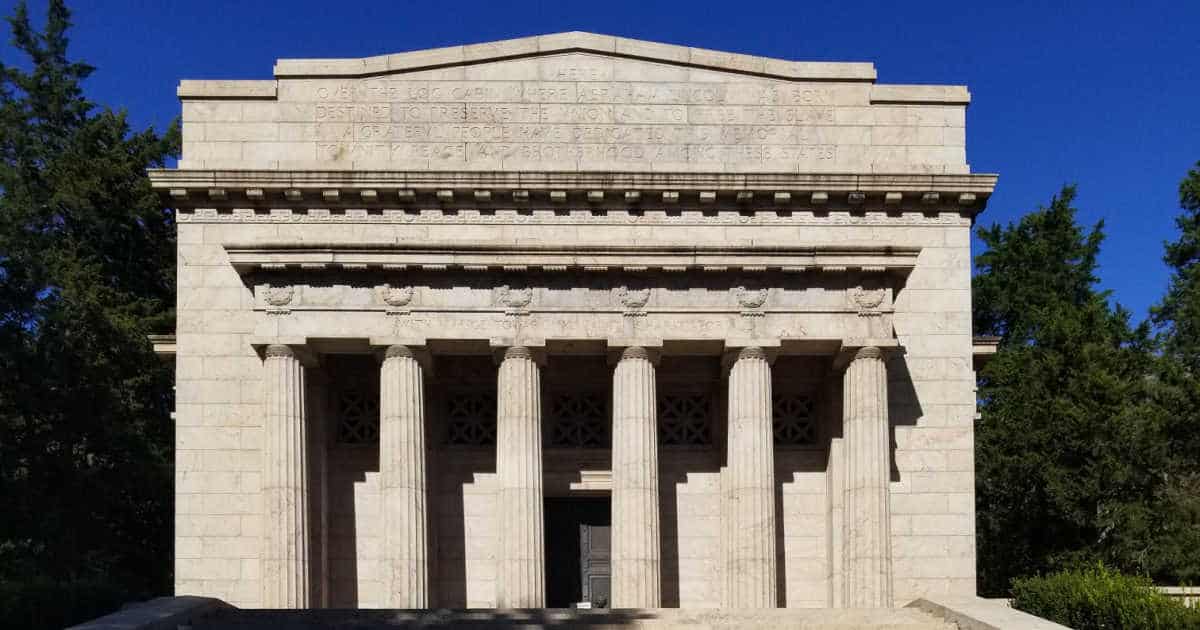
Make sure to follow Park Ranger John on Facebook, Instagram, Pinterest, and TikTok





Leave a Reply